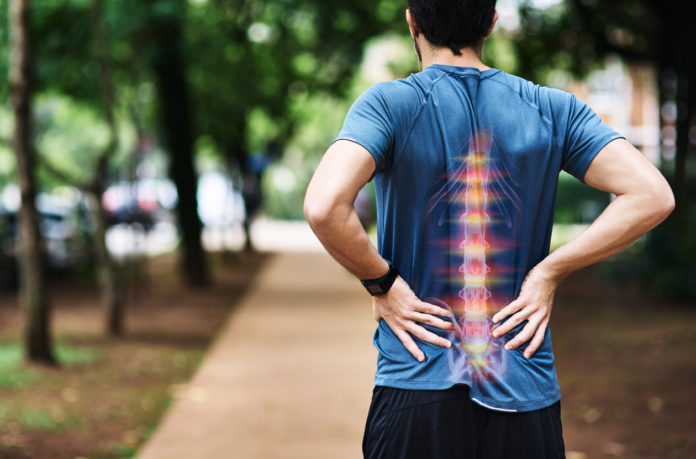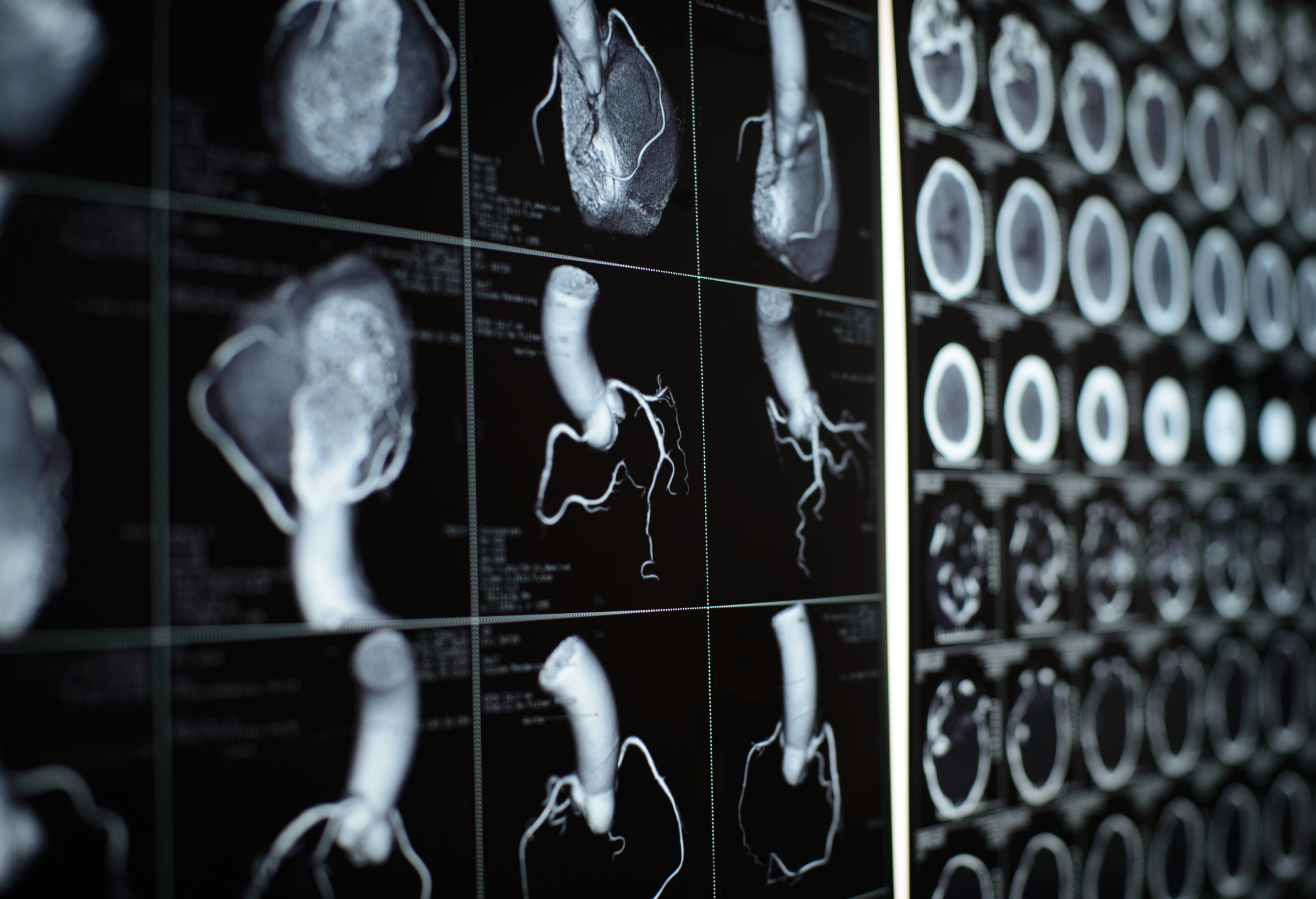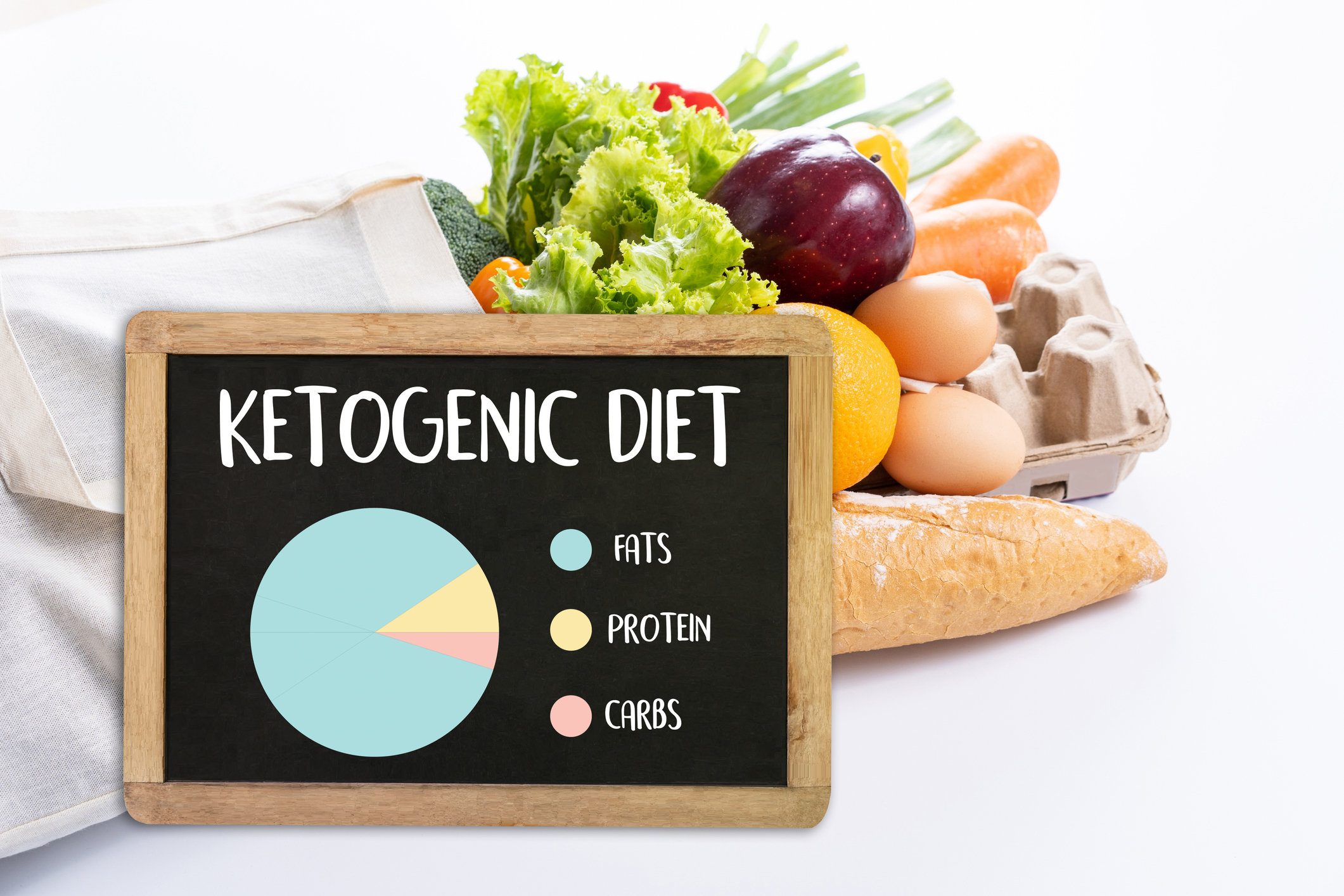
defining characteristics
BMD T-score < -2.5, increased incidence of fractures
disease development
Skeletal disorder characterized by compromised bone strength (bone density & bone quality- arch, turnover, mineralization, damage accum) predisposing a person to increased risk of fracture
With age, lose trabecular volume, #, thickness, connectivity
Decreased estrogen is related to high bone turnover that results in stressful micro-cracks and loss of bone density
Estrogen deficiency = oxidative stress in bone marrow = increased ROS = activation of T cells = increasd TNF = formation of osteoclasts and bone marrow stromal cells via RANKL
potential causes
Loss of bone trabeculae (microarchitectural deterioration)
Genetic predisposition
Estrogen deficiency activates immune response
Increased RANKL
epidemiology
risk factors
Age Postmenopause FH of osteoporosis
Adjustable RF? Excessive alcohol sedentary lifestyle
labimaging
conventional treatment
Low dose Ca/VitD
Estrogen calcitonin
raloxifene (estrogen Ag in bone, Antag in breast) Bisphosphonates -Alendronate, Zoledronic acid (Reclast)
Anti-RANKL Ab – Denosumab
Anabolic agent-
Forteo (teriparatide) – transient PTH = bone formation
Odanacatib – Cat K inh
Sclerostin Ab
complications
Long term bisphosphonate use causes increased BMD but increased fractures, increased osteonecrosis of jaw (rare)
High dose calcium linked to CV events and vascular calcification
prevention
Adjustment of risk factors (excessive alcohol, sedentary lifestyle)



